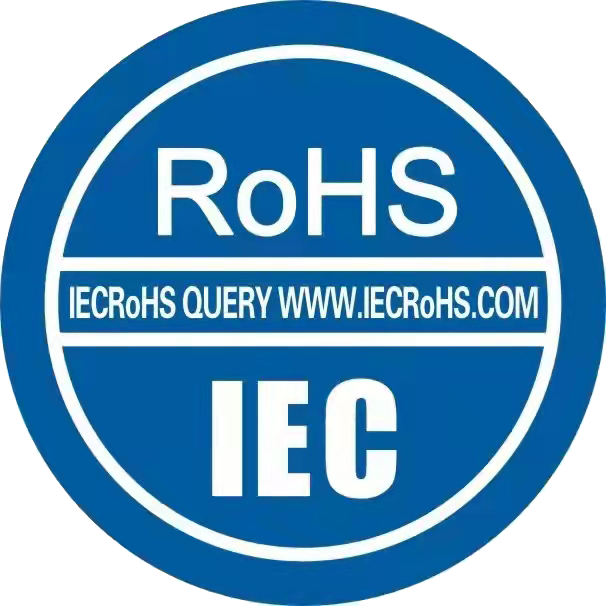医疗器械认定是指国家药品监督管理部门依据相关法律法规和技术标准,对拟上市或已在市场上流通的医疗器械产品进行安全性、有效性及质量可控性评估的过程。
这一认定程序是确保医疗器械在临床使用中安全有效的重要保障,也是医疗器械监管体系的核心环节。
在全球范围内,医疗器械认定通常遵循严格的标准和流程,以保护患者和用户的健康权益。
不同国家或地区可能有各自的认定体系和法规要求,但总体目标一致:通过科学评估和分类管理,确保医疗器械从研发、生产到销售和使用的全生命周期都符合安全与性能标准。
一、医疗器械认定的基本概念与重要性
医疗器械认定是基于产品的预期用途、风险等级和技术特性,将其划分为不同类别(如I类、II类、III类),并据此确定相应的监管要求。
这一过程不仅涉及产品本身的测试和验证,还包括生产质量体系审核、临床评价以及标签和说明书的审查。
认定结果直接影响到产品能否进入市场,以及后续的监管强度。
例如,高风险器械如植入式设备或生命支持系统,通常需要更严格的临床数据和持续监测,而低风险器械可能仅需基本的安全性和性能证明。
医疗器械认定的重要性体现在多个方面:首先,它保障了公众健康,防止不安全或无效产品流入市场;其次,它促进了行业规范发展,鼓励企业创新 while complying with standards; finally, it enhances international trade by providing a unified framework for product evaluation.
Without proper certification,医疗器械可能带来严重的医疗风险,甚至导致事故或法律责任。
二、医疗器械认定的流程与标准
医疗器械认定的流程通常包括申请提交、技术文档审核、样品测试、质量体系审查(如GMP审核)、临床评价(如需)以及最终审批。
在中国,这一过程由国家药品监督管理局(NMPA)负责,依据《医疗器械监督管理条例》及相关技术指南执行。
认定标准主要基于国际共识,如ISO 13485(质量管理系统标准)、ISO 14971(风险管理标准)以及产品-specific standards like IEC 60601 for medical electrical equipment.
Additionally, regional regulations such as the EU’s Medical Device Regulation (MDR) or the US FDA’s requirements may apply for global market access.
企业需要准备 comprehensive documentation, including product specifications, risk assessments, clinical data, and manufacturing details, to demonstrate compliance.
The process can take several months to years, depending on the product’s complexity and risk level.
三、常见问题与挑战
在医疗器械认定过程中,企业 often face challenges such as evolving regulations, high costs of testing and clinical trials, and the need for continuous post-market surveillance.
例如,随着新技术如人工智能驱动的器械出现,监管机构不断更新指南以适应创新,这要求企业保持敏捷和合规性。
另一个常见问题是分类争议, where a product may fall into multiple categories, leading to delays or reassessments.
此外,国际市场准入 requires navigating multiple regulatory bodies, which can be time-consuming and resource-intensive.
To overcome these,企业应提前进行合规规划, engage with regulatory experts, and leverage harmonized standards to streamline the process.
Regular training and updates on regulatory changes are also essential for successful certification.
四、未来趋势与建议
随着医疗技术的快速发展,医疗器械认定正朝着更加数字化、国际 harmonized 和风险-based的方向发展。
例如,数字健康器械和软件作为医疗器械(SaMD)的认定指南正在完善,强调网络安全和真实世界数据的使用。
对于企业,建议尽早 integrate regulatory considerations into product development, conduct thorough risk management, and maintain transparent communication with authorities.
Collaboration with industry associations and participation in standard-setting can also facilitate smoother certification.
Overall,医疗器械认定 is a critical step that ensures safety and efficacy, and staying informed about global trends will help stakeholders navigate this complex landscape effectively.
By adhering to best practices, companies can not only achieve compliance but also enhance product credibility and market competitiveness.
免责声明:仅供参考,本文作者及发布平台不承担因参考本文内容而产生的任何责任。

